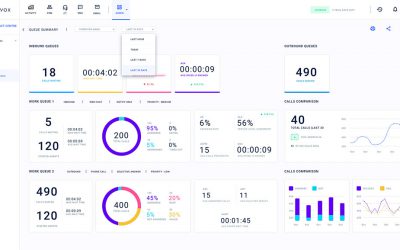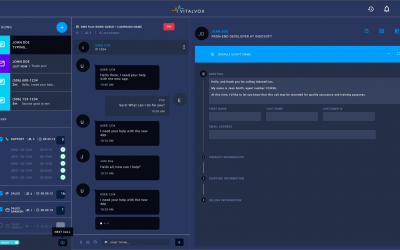Beyond Troubleshooting: Strategic Problem Solving

Beyond Troubleshooting: Strategic Problem Solving is essential for contact centers as basic troubleshooting alone no longer satisfies rising customer expectations. To truly thrive, call centers need to embrace strategic problem-solving methods that not only boost operational efficiency but also enhance customer satisfaction. By adopting a holistic approach, contact centers can move from simply resolving issues to proactively preventing them.
Understand Root Causes, Not Symptoms
One of the most effective strategies for long-term success in contact centers is root cause analysis. Rather than addressing surface-level symptoms, root cause analysis digs deeper into recurring problems to find their origins. For instance, if customer complaints consistently revolve around long wait times, addressing staffing levels and workflow efficiency may be the key. By identifying the root cause, centers can reduce the likelihood of the same issues resurfacing.
Moreover, employing this strategy boosts customer satisfaction. When customers feel that their concerns are fully resolved, they’re more likely to view the company in a positive light, improving loyalty and retention.
Leverage Data for Smarter Solutions
Strategic problem-solving is greatly enhanced when contact centers make use of data analytics. Call centers are data-rich environments, with metrics ranging from call durations to customer satisfaction scores. Using this data effectively allows teams to identify trends, predict potential issues, and implement proactive solutions.
For example, by analyzing peak call times, management can better allocate resources to ensure that agents are available when needed most. In addition, data-driven decision-making enables contact centers to personalize the customer experience, which is critical for enhancing satisfaction.
Empower Agents with Autonomy
Another key strategy for improving problem-solving in contact centers is to empower agents with autonomy. Agents on the front lines often have a deeper understanding of customer pain points and can act swiftly to resolve issues if given the freedom to make decisions. By offering agents more control and responsibility, contact centers can streamline operations and reduce escalations.
In fact, studies show that empowered agents are more engaged and motivated, leading to improved customer interactions and better outcomes. When agents are trusted to use their judgment, customers benefit from faster resolutions and fewer transfers.
Proactive Problem Prevention
Proactive approaches to solving problems are increasingly becoming a competitive advantage. Instead of waiting for issues to occur, contact centers can anticipate and address potential challenges before they impact customers.
For example, automated systems can alert management to potential technical glitches or system downtime, allowing preventive measures to be taken. By focusing on prevention, contact centers not only reduce operational disruptions but also maintain high levels of customer satisfaction by avoiding common frustrations.
Collaboration Across Departments
Effective problem-solving doesn’t happen in isolation. Contact centers need to foster collaboration across departments to solve complex problems that may span multiple areas of the business. For instance, frequent customer complaints about billing issues might require joint efforts between the contact center and the finance department.
By breaking down silos and encouraging cross-functional teamwork, organizations can address customer issues more comprehensively. Furthermore, this collaborative approach helps create a unified customer experience, which is critical for overall satisfaction.
Continuous Improvement as a Culture
Finally, strategic problem-solving in contact centers should not be a one-time initiative but a continuous process. Creating a culture of continuous improvement means regularly reviewing performance, gathering feedback from agents and customers, and refining processes to enhance service delivery.
By embracing Beyond Troubleshooting: Strategic Problem Solving, contact centers foster a mindset of continuous growth, allowing them to adapt to evolving customer needs and anticipate potential issues. This dedication to ongoing improvement ensures that the contact center remains a vital and dynamic component of the organization’s overall customer service strategy.
Contact Us
Ready to implement strategic problem-solving in your contact center? Our solutions can help you transform operations and elevate customer satisfaction. Contact us today to learn more about how we can support your business in delivering exceptional service and proactive problem-solving.
Categories
- Agent Performance & Training
- AI solutions
- Asterisk
- Business Growth
- Call Center Performance & Productivity
- Call Center Software Platform
- Call Center Technology & AI Integration
- Call Center Training
- Call Center Workforce Management
- Call Monitoring
- Cloud-Based Solutions
- Customer Experience
- Data Security
- General
- Insights
- Integrated Customer Service
- News
- Omnichannel Communication Strategy
- Omnichannel Support
- Quality Assurance
- Tech


